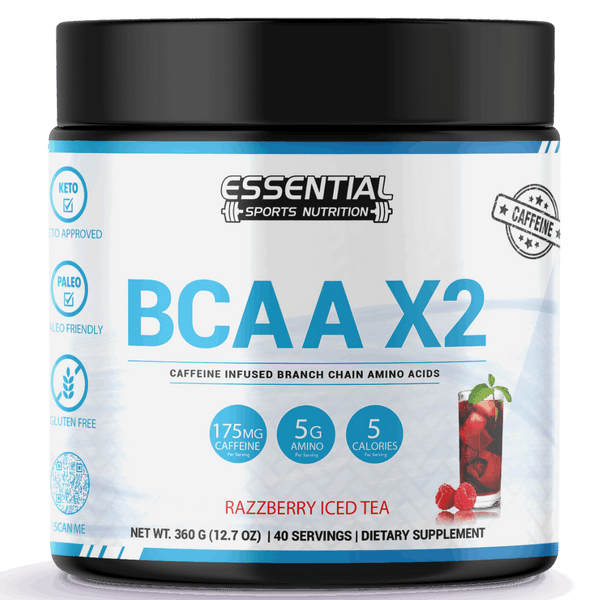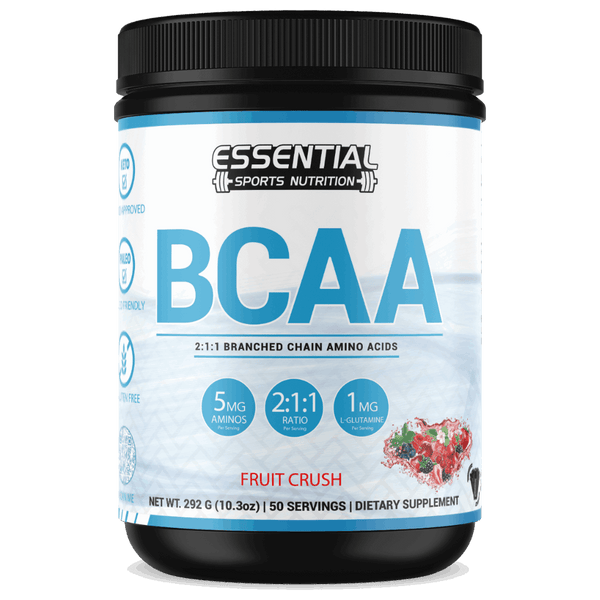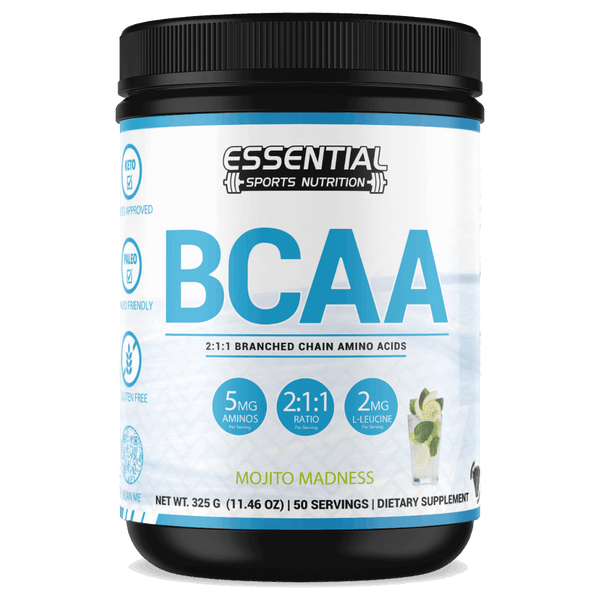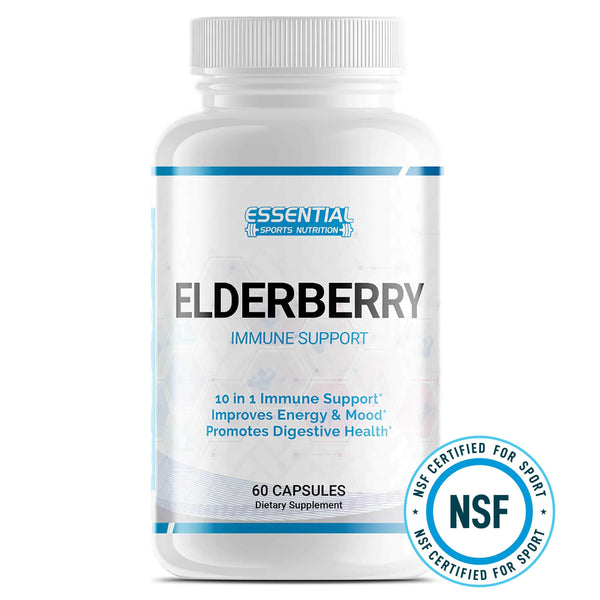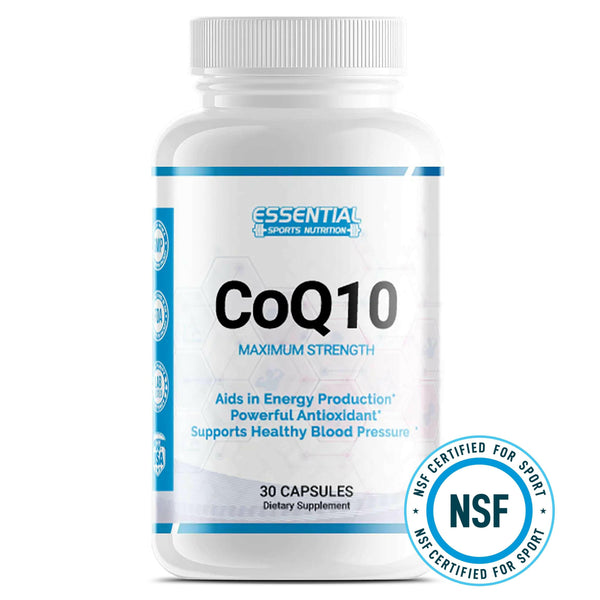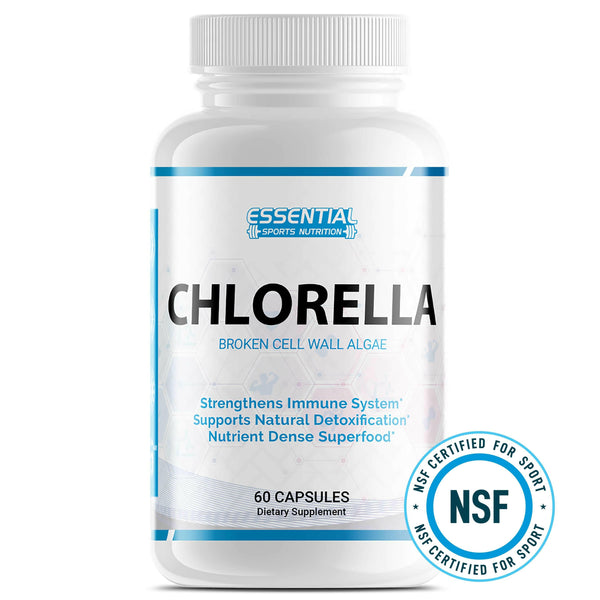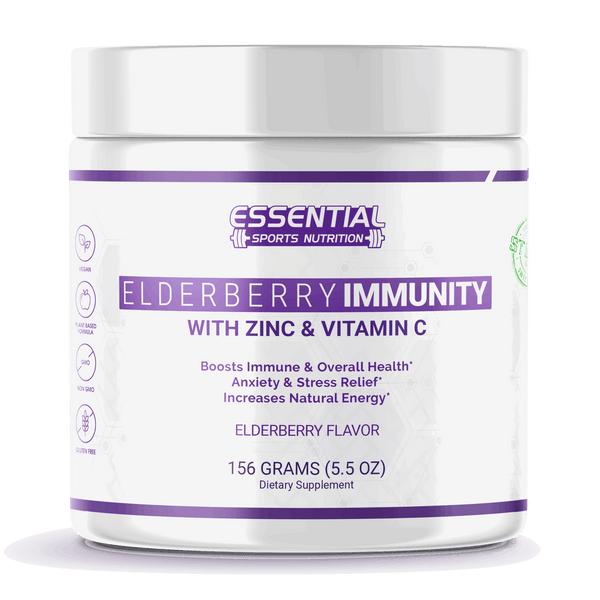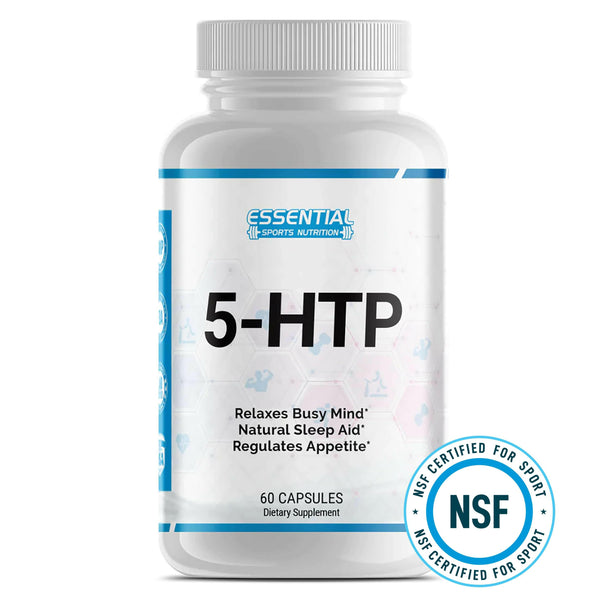Benefits of Halotherapy and Salt Room Therapy for Breathing and Lung Health
Are you seeking natural ways to boost your health and wellness? Many people today struggle with respiratory issues, skin conditions, or simply the stress of daily life. If you're among them, halotherapy—a therapeutic approach also known as salt therapy—might be a path worth exploring.
One intriguing fact about halotherapy is that it goes back centuries; people have been visiting salt caves for their healing properties since ancient times. This blog post will guide you through the ins and outs of halotherapy, from its historical roots to modern applications.
Discover how this age-old remedy could potentially offer relief for various ailments and become part of your wellness routine. Keep reading for insights into nature's own healing touch!
Key Takeaways
- Halotherapy is a natural treatment that uses salt to help with respiratory issues, such as asthma and bronchitis, and skin conditions like eczema and psoriasis.
- Dry salt therapy involves breathing in aerosolized particles using a halogenerator, while wet salt therapy includes inhaling mist from saline solutions.
- Scientific studies support halotherapy's antibacterial, antimicrobial, and anti-inflammatory properties which can boost immunity and alleviate symptoms of various ailments.
- Regular sessions of halotherapy not only improve lung function and skin health but also reduce stress by creating a tranquil environment promoting relaxation.
- While safe for most people, those with specific health conditions or sensitivities should seek medical advice before starting halotherapy to avoid any potential side effects.
The Historical Significance of Halotherapy and Salt Rooms

Halotherapy has roots that date back centuries, with its origins often traced to Eastern Europe. Salt miners were observed to have fewer respiratory problems than others, sparking interest in the therapeut jhbjhbjhbjhbh
This connection led to the practice of speleotherapy, where individuals would spend time in underground salt caves to help alleviate respiratory conditions. Over time, these observations evolved into a more formalized approach to health treatment using salt's natural benefits.
In the 1800s, Dr. Feliks Boczkowski, a Polish physician, officially recognized the pattern of healthy lungs among salt miners and pioneered halotherapy as a medical practice. He established the first known "salt sanatorium" deep within a salt mine in Wieliczka, Poland.
People traveled from all over to sit in these caves and breathe air saturated with salt particles for periods ranging from hours to days or even weeks. These historic practices laid the foundation for modern-day halotherapy and its wide acceptance as a complementary therapy for various ailments affecting breathing and skin health.
Understanding Halotherapy: Dry Salt vs. Wet Methods
Halotherapy can be administered through either dry salt therapy or wet salt therapy. Dry salt therapy involves inhaling dry aerosolized salt particles, while wet salt therapy includes the use of saline solutions in various forms, such as salt water gargling or nasal irrigation.
Both methods have been used to treat respiratory and skin conditions with reported success.
Dry Salt Therapy
Dry salt therapy, also known as halotherapy, utilizes a device called a halogenerator to disperse microscopic salt particles into the air. As individuals breathe in this salty atmosphere, the tiny particles travel throughout their respiratory system.
These fine grains are thought to absorb irritants, allergens, and bacteria from the lungs and airways.
People with various conditions such as asthma, chronic bronchitis, sinusitis, and allergic reactions may find relief through this treatment method. It's been suggested that dry salt therapy can help reduce inflammation in the respiratory tract, thereby easing symptoms like coughing and shortness of breath.
Moreover, its potential antibacterial properties contribute to a healthier pulmonary environment.
Skin health benefits are also associated with dry salt therapy; individuals with eczema or psoriasis experience improvements due to the exfoliating effects of the salt on irritated skin.
As those affected by these conditions sit in a room infused with dry salt air for periods typically ranging between 30 minutes to an hour per session—their skin often absorbs minerals essential for restoring balance and reducing itching sensations.
Wet Salt Therapy
Wet salt therapy, often conducted in a spa treatment setting, harnesses the therapeutic properties of saline solutions. This method involves inhaling atomized saltwater mist. The process soothes respiratory passages and can moisturize skin layers deeply.
As patients breathe in the mist, tiny salt particles work to cleanse the lungs and purify airways.
The soothing effects of wet salt therapy help alleviate symptoms associated with conditions like bronchial asthma, chronic obstructive pulmonary disease (COPD), and allergic reactions.
It encourages better lung function by aiding in the removal of airborne pollutants that can cause inflammation in respiratory pathways. This form of halotherapy promotes relaxation and stress reduction as participants take deep breaths in a serene environment designed for mindfulness and healing.
The Science Behind Halotherapy

Halotherapy is backed by scientific evidence that supports its antibacterial, antimicrobial, and anti-inflammatory effects. These properties contribute to the therapy's potential in providing relief for respiratory conditions, improving skin health, and promoting relaxation.
Antibacterial and Antimicrobial Effects
Salt therapy, or halotherapy, is renowned for its antibacterial and antimicrobial effects. The salt particles in the air can help to kill bacteria and microorganisms while also reducing inflammation in the respiratory system.
This natural approach has been shown to be effective against various infectious diseases, making it a promising option for those looking to boost their immune system and overall health.
The antibacterial properties of halotherapy are attributed to the presence of pure mineral salts like sodium chloride. These salts have been found to combat bacteria and reduce the risk of infections.
Furthermore, studies have supported the antimicrobial effects of salt therapy, highlighting its potential in treating conditions such as bronchitis, bronchiolitis, and other respiratory issues.
Anti-inflammatory Properties
Pure sodium chloride, the main component of salt used in halotherapy, has been touted for its anti-inflammatory properties. Studies suggest that inhaling salty air can help reduce inflammation in the respiratory system and improve lung function.
This can be particularly beneficial for individuals with obstructive lung diseases such as bronchitis or emphysema. Halotherapy may aid in alleviating skin conditions like dermatitis and rosacea due to its potential to reduce skin inflammation.
The natural moisturizing properties of pure mineral salts found in halotherapy also contribute to their ability to mitigate skin irritation caused by various inflammatory conditions.
Furthermore, research indicates that salty air can have a calming effect on inflamed bronchial passages, potentially reducing symptoms commonly associated with bronchial spasms and wheezing.
Benefits of Halotherapy for Health and Wellness
Halotherapy has been shown to provide relief for respiratory conditions such as allergies, colds, and bronchial inflammation. It also offers skin health benefits through its exfoliating and anti-inflammatory properties, as well as aiding in stress reduction and relaxation.
Respiratory Condition Relief
Halotherapy provides relief for respiratory conditions by reducing inflammation, opening airways, and loosening excessive mucus. The dry salt particles inhaled during halotherapy help clear the respiratory system, making it easier to breathe and promoting overall lung health.
The antibacterial and antimicrobial properties of salt can assist in fighting off infections and airborne diseases related to respiratory issues like bronchial inflammation, coughs, colds, allergies, and even bronchiectasis.
The natural moisturizing properties of pure mineral salts found in halotherapy can also aid in relieving symptoms associated with skin-related respiratory conditions such as acne and psoriasis.
Skin Health Improvement
Halotherapy offers significant benefits for improving skin health. The natural moisturizing properties of pure mineral salts present in halotherapy can help address various skin issues such as acne and psoriasis.
These properties aid in hydrating the skin, reducing inflammation, and promoting healing. Moreover, halotherapy can also contribute to exfoliation, leaving the skin rejuvenated and revitalized.
The antibacterial and antimicrobial effects of salt play a crucial role in improving overall skin health. Pure sodium chloride found in salt possesses these beneficial properties that can help combat bacteria on the skin's surface, contributing to clearer and healthier-looking skin.
Furthermore, the anti-inflammatory nature of halotherapy aids in soothing irritated or inflamed skin conditions, promoting comfort and relief for individuals dealing with such issues.
In addition to addressing specific skin concerns, regular sessions of halotherapy may result in a more radiant complexion due to its ability to detoxify the integumentary system effectively.
Stress Reduction and Relaxation
Halotherapy promotes stress reduction and relaxation by creating a calm and soothing environment. The salt-infused air helps to reduce anxiety levels while promoting overall well-being.
Studies have shown that halotherapy can have a positive effect on mental health, helping to alleviate symptoms of depression and enhance relaxation.
Furthermore, the antibacterial properties of salt particles in the air aid in reducing stress by promoting respiratory health. Breathing in the salty air can support lung function and improve breathing capacity, leading to reduced stress levels.
Considerations and Potential Risks of Halotherapy

When considering halotherapy, it's important to be mindful of individual suitability and potential side effects. To learn more about how halotherapy can benefit you and your health, continue reading.
Suitability for Different Individuals
Different individuals can benefit from halotherapy, as it is considered safe for most people. However, pregnant women and individuals with acute conditions like active tuberculosis or dehydration should consult a medical professional before undergoing halotherapy.
People suffering from the common cold, ear infections, pink eye (conjunctivitis), or those who have recently undergone surgery may also need to seek advice before beginning salt therapy.
Anyone with severe lung infections or CO2 retention issues should avoid this treatment.
Known Side Effects
Halotherapy is generally considered safe and well-tolerated for most individuals, but there are potential side effects and considerations to keep in mind. Some known side effects include:
- Excessive Coughing: Inhaling salt particles may lead to coughing as the body attempts to expel the foreign substance.
- Skin Irritation: Direct contact with salt particles during wet salt therapy can cause mild skin irritation for some individuals, particularly those with sensitive skin.
- Throat Irritation: Inhaling salty air may cause throat irritation or a sensation of dryness in the throat for some people.
- Discomfort for Some Respiratory Conditions: Individuals with certain respiratory conditions, such as asthma, may experience discomfort due to the dry nature of halotherapy.
- Risk of Overexposure: Prolonged exposure to high concentrations of salt in the air might lead to potential respiratory issues for some individuals who are sensitive to sodium chloride.
- Eye Irritation: Contact with salt particles can cause temporary eye irritation or discomfort, especially if eyes are not properly protected during halotherapy sessions.
- Potential Conflicting Treatments: Individuals undergoing concurrent medical treatments should consult healthcare professionals before starting halotherapy due to potential interactions or conflicting effects.
Conclusion
Halotherapy offers a natural and effective approach to improving respiratory conditions, skin health, and overall well-being. The practical benefits of halotherapy are easily accessible and suitable for various individuals seeking relief from common health concerns.
How can you integrate these strategies into your wellness routine? Consider exploring the potential impact of halotherapy on your own health and wellness journey. By understanding the importance of salt therapy's natural properties, you can take proactive steps towards enhancing your respiratory health and skin care regimen.
Embracing holistic approaches like halotherapy can lead to significant improvements in your overall quality of life.
Benefits of Salt Therapy FAQs
Q: What is halotherapy and salt room therapy?
A: Halotherapy, also known as salt room therapy, involves spending time in a chamber with an artificial salt-mine environment. It is believed to provide therapeutic effects similar to those of spending time in natural salt caves.
Q: What are the benefits of salt room therapy?
A: The benefits of salt room therapy include potential improvement in respiratory conditions, skin health, and overall wellness. It is often sought as an alternative treatment for chronic allergenic respiratory pathologies.
Q: Are there any risks associated with halotherapy?
A: While salt room therapy is generally considered safe and effective, it is important to consult a doctor before trying halotherapy, especially for individuals with existing health conditions.
Q: How does salt room therapy work?
A: Salt room therapy is believed to work by exposing individuals to salt aerosol, which may have beneficial effects on the respiratory system and skin. However, there’s little research to back up these claims, and more studies are needed to establish its effectiveness.
Q: What is the difference between active and passive salt rooms?
A: Active salt rooms use specialized equipment to disperse salt particles into the air, while passive salt rooms rely on natural ventilation and the presence of salt surfaces to create the salt-rich environment.
Q: Can salt room therapy help with respiratory conditions?
A: Some individuals report benefits for respiratory conditions after participating in salt therapy sessions. However, it is important to note that individual responses to salt therapy may vary, and it should not replace traditional medical treatments.
Q: Are there any specific types of salt used in salt room therapy?
A: Himalayan salt is commonly used in salt room therapy due to its purported health benefits and aesthetic appeal. However, other types of salt may also be utilized depending on the salt therapy provider.
Q: Is there scientific evidence supporting the benefits of salt room therapy?
A: While there are ongoing surveys on the therapeutic effects of salt room therapy, the scientific evidence supporting its benefits is limited. Further research is necessary to fully understand its efficacy and potential risks.
Q: How can I ensure that salt room therapy is safe for me?
A: It is crucial to consult a healthcare professional before trying halotherapy, especially if you have preexisting health conditions or concerns. They can provide personalized advice based on your individual health status.
Q: What is the role of the Salt Therapy Association in promoting salt room therapy?
A: The Salt Therapy Association is a professional organization dedicated to promoting education, research, and standards for the salt therapy industry. It aims to provide information and resources to individuals interested in salt room therapy.



